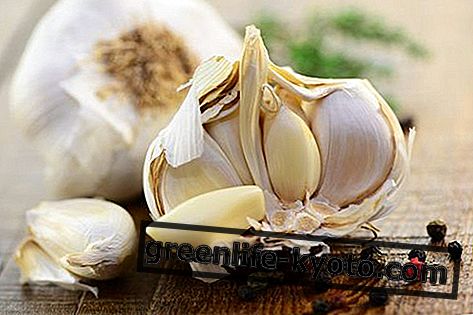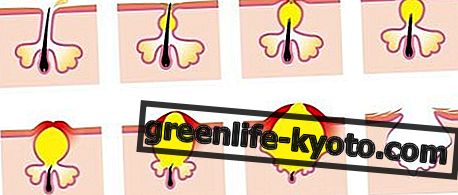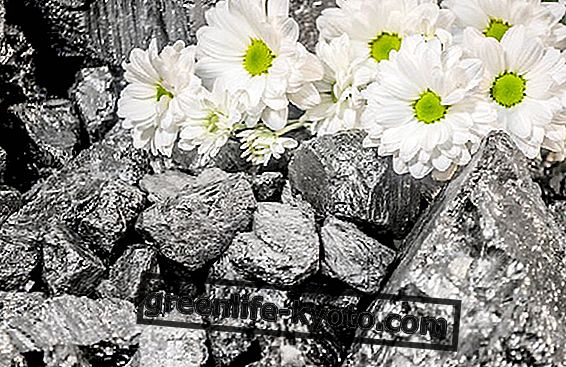
Verbena is a plant known as ornamental and there are many different varieties that grow up to 80 centimeters in height and have a bushy or shrubby habit.
The leaves of the verbena are usually dark in color, lanceolate, toothed margin and covered with a light down; its flowers vaguely resemble primroses even if they are grouped in inflorescences and the dimensions are more minute.
The coloring of the corollas is very different depending on the variety: shades from white to pink, from red to purple and from purple to blue.
Its flowering is therefore very appreciated by garden designers and by lovers of the green because it tinges of various colors for a very prolonged period that starts from the end of spring until the beginning of winter.
Cultivation requirements of verbena
The best position for the growth of the verbena is the full sun exposure which guarantees a copious flowering all summer long.
On the contrary, he does not like cold temperatures, fearing very much the air currents and the strong wind. Perennial verbenas must be protected in winter, therefore, if they are cultivated in pots, they must be moved inside; if they grow on the ground they will need to be repaired with suitable fabric.
The most suitable soil for the cultivation of verbena is a soft soil, with abundant organic substance and porous material to have a good water distribution; the irrigations must never be abundant under penalty of causing the plant to get sick, in fact it is recommended to irrigate regularly keeping the soil moist but paying attention to avoid water stagnation .
In summer it needs more watering while in winter it is possible to suspend them and protect the base of the plant with good mulching.

How to grow verbena
Verbena can be grown from the seed or by buying the adult plant directly from a specialized shop. If we want to sow the verbena we can do it starting in February and we will put its small dark colored seeds resting on the soil surface of the seedbed where they will then be covered with a thin layer of soil and sand.
When the verbena plant begins to develop we can pot it or plant it by transplanting better if in the autumn so that in the spring with vegetative growth it will have more energy and grow stronger.
If we want to maintain a good flowering it will be excellent to learn to trim the flower stems, a very simple operation that can be performed by cutting the floral branches that have already withered ; in this way the plant will be pushed to make other flowers to ensure its production of fruits and seeds.
Some verbenas have a hanging or creeping habit which makes its aesthetic use in balconies and protrusions of houses really very interesting because it can be cultivated in hanging vases or baskets, creating showy spots of color.
The propagation of the verbena can also be done by cutting, that is cutting a green stem of the plant and putting it to root to obtain another plant equal to the mother plant: this cultivation technique can be performed from the beginning of August until the end of September ; when new leaves are born it will mean that the rooting will be complete.
We will have to wait a few more months to pot the new verbena plant and this to arrive at the time of the vegetative growth approximately at the beginning of spring.
Many varieties of verbena
There are many varieties of verbena, it seems that there are more than 250 different species and some are perennial while others are annual . To learn about some varieties we remember the V. tenera, the V. peruviana, the V. bonariensis and the V. canadensis, all originating in South America.
There are also many hybrid patterns that have been specially created through botanical crosses between different species to obtain particular characteristics in the verbena daughter plant; for example there is the group of hybrid verbenes called grandiflora due to their abundant flowering or the known compacte instead to have a very covering bloom excellent to create walls and multicolored carpets.
Verbena officinalis is instead a variety that also grows on our peninsula and is used more for a curative purpose.

Uses of verbena
Most verbena varieties are used as ornamentals to embellish both gardens and vegetable gardens and balconies with their abundant blooms .
Verbena officinale has been known for a long time for its health properties and is therefore used as a medicinal plant .
It is also harvested spontaneously or specially cultivated on farms with the production of medicinal herbs and then sold in specialized stores such as health food stores. In these stores the verbena will then be sold as a natural supplement, in different forms of recruitment.
Thus we will find formulations of verbena such as the species for herbal tea, mother tincture, essential oil, Bach flowers or other single-dose products.
The beneficial properties of verbena are essentially those of helping digestion, fighting pains, particularly headaches thanks to its analgesic properties; for topical use it is an excellent cicatrizant.














